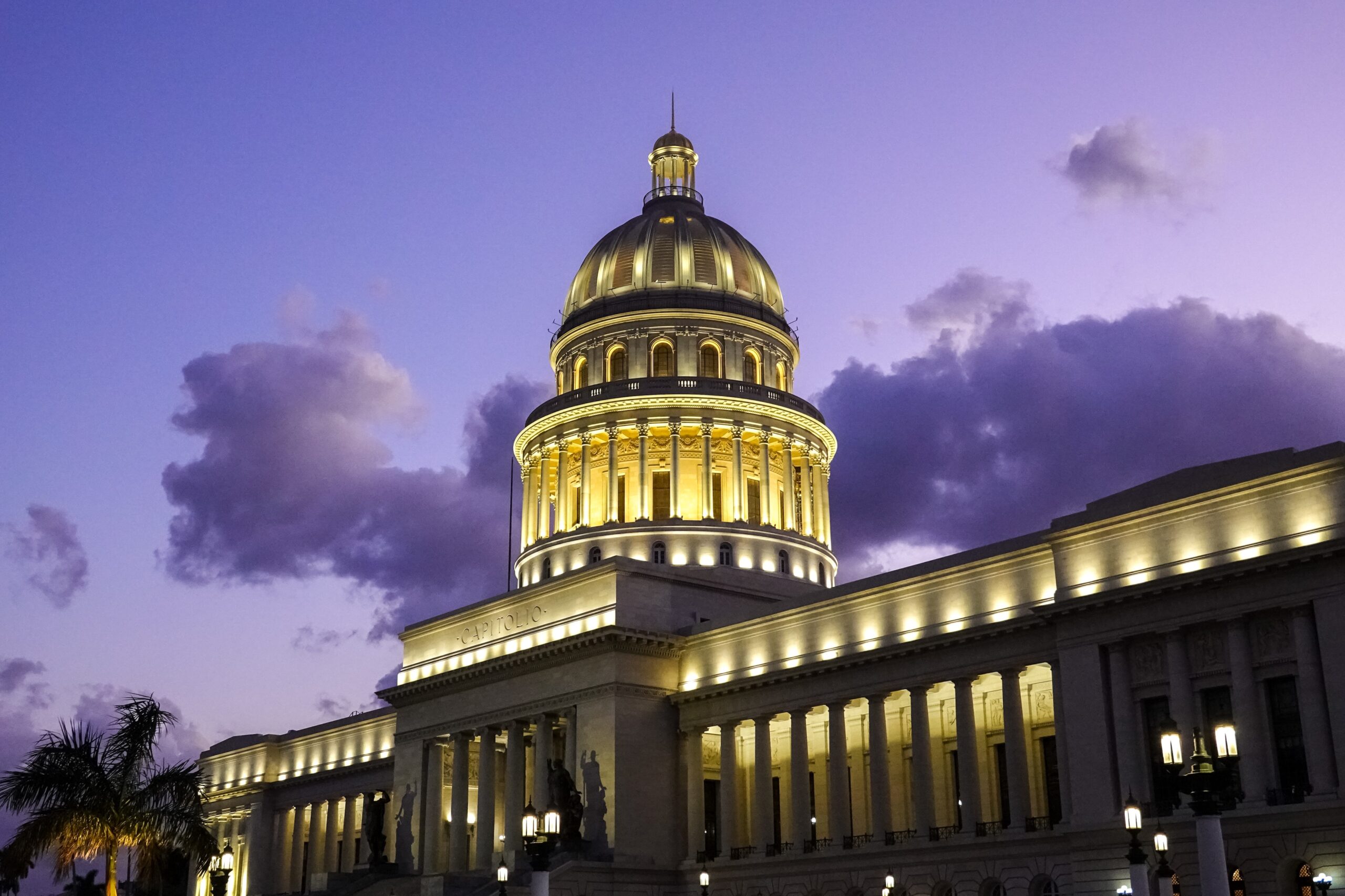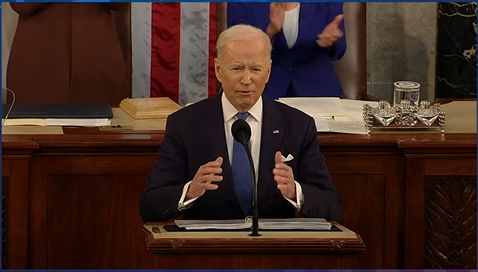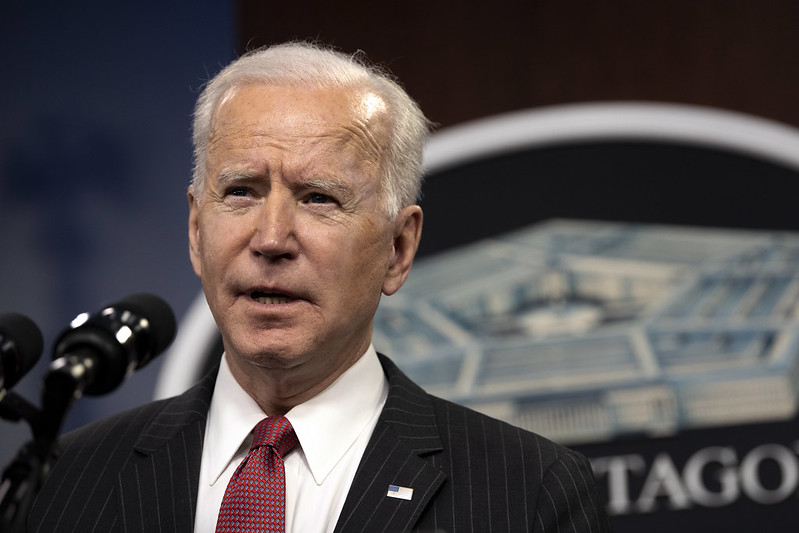Like so many things uniquely American, much of what we do surrounding the State of the Union relies more on tradition developed over the 232 years of our government than actual legal precedent. In fact, the only legal precedent regarding what we now call the State of the Union is a brief sentence in the U.S. Constitution.
He shall from time to time give to Congress information of the State of the Union and recommend to their Consideration such measures as he shall judge necessary and expedient.
— U.S. Constitution, Article II, Section 3
Of those 232 years of 46 Presidents, tonight’s speech will be only the 88th in-person speech given to a joint house of Congress. It will be the first one to take place in March, and President Joe Biden’s first State of the Union.
Founding Fathers
George Washington addressed Congress eight times, first on Jan. 8, 1790. After this, he and his successor John Adams gave their speeches later in the year.
Noted introvert Thomas Jefferson declared that fulfilling this constitutional duty need not be in the style of the “Speech from the Throne,” the annual declaration from the monarchs of England before Parliament. And in 1801, Jefferson began what became the 19th century tradition of sending in a periodic statement to be read by an aide before Congress.
The New Century
It would be former Princeton University President Woodrow Wilson who reinstated Washington’s in-person address on Dec. 2, 1913. This became crucial as the country shifted from an isolationist stance to entering World War I in 1917. Though he skipped his 1919 and 1920, likely due to his increasing health concerns.
President Warren Harding picked it up again for his two year tenure, something his Vice President Calvin Coolidge stepped in to continue just his first year as President following Harding’s death in 1923. However, another decade would pass before one of the country’s more gregarious presidents would set most of the traditions we now associate with the address.
Evolving Technology and Tradition
Harding’s 1922 speech was the first to use this new-fangled technology of radio, but it had limited reach. So it would be Coolidge’s 1923 speech, the only in-person one of his presidency, to actually be the first nationwide broadcast.
On Jan. 3, 1934, in the height of the Great Depression, President Franklin D. Roosevelt brought the appeal of his “fireside chats” to his national address before Congress. And his speech set the precedent of setting his preferred agenda for the nation, something that became both expected and necessary once the U.S. joined World War II in 1941.
Like his fellow war-time president, Roosevelt missed the last two opportunities for his in-person address due to failing health and escalating war issues. President Harry Truman restarted the tradition in 1947, and the first one to broadcast his address via the new medium of television.
Except 1956 and 1973, every president’s joint session address further established the tradition. President Lyndon Johnson’s State of the Union in 1965 was the first addressed to be given and televised in the evening for expanded viewership.
Reagan and Beyond
In 1981, newly elected President Ronald Reagan opted not to address the nation as an official “State of the Union,” but rather as an assessment of his first few months in office. The practice was then continued by every newly elected president since, allowing a bit of grace to grow during that first year in office. Some joint sessions occur to for large announcements like President George W. Bush’s address on Sept. 20, 2001, following the 9/11 attacks.
While President Bill Clinton’s 1997 address was the first available via the internet, it was President Bush’s 2002 address was the first to be live-streamed over the internet.
Other random trivia
- The shortest speech: President Washington in 1790 with just 1,089 words
- The longest speech: President Jimmy Carter in 1980 (written) with 33,667 words, President Clinton in 1995 (spoken) with 9,190 words
- Speeches given in the 19th century were notably double the length of 20th century speeches, mostly due to difference of delivery
- President Zachary Taylor only gave 1 address during his presidency, while Presidents William Henry Harrison and James Garfield never gave a State of the Union address
- Until 1947, the speech was known as “the President’s Annual Message to Congress.”
- It’s become customary for the president to begin his speech with “The State of the Union is strong.” Despite that being a sort of rally cry for his party, it was President Gerald Ford’s 1975 address that started this tradition, but Ford’s speech began with “The State of the Union is… not good.”
- It was the 20th Amendment that changed when the speech would be held. Prior to its passing in 1933, the address was generally held in December to close out the year. But with the moving of the presidential inauguration to January (from March), it became more of an annual review of the president’s job. Tonight’s speech, however, is the latest in-person State of the Union since its inception in 1790.
- Every president since the 1960s has chosen a designated survivor to sit out the speech in person. Reagan was the first to publicly announce his in 1984.
- Since 1966, the opposing party has delivered its response to the State of the Union.
![Vice President Kamala Harris and House Speaker Nancy Pelosi sit behind President Joe Biden during his State of the Union address on Tuesday, Mar. 1, 2022. [credit: whitehouse.gov]](https://theclick.news/wp-content/uploads/cache/2022/03/SOTU-2022_8/585722036.png)
![First Lady Jill Biden and special guests applaud Facebook Whistleblower Frances Haugen's introduction during Biden's State of the Union address on Tuesday, Mar. 1, 2022. [credit: whitehouse.gov]](https://theclick.news/wp-content/uploads/cache/2022/03/SOTU-2022_standing-ovation_opiod-fight/2377711373.png)
![Outgoing supreme court justice Stephen Breyer is acknowledged during Biden's State of the Union address on Tuesday, Mar. 1, 2022. [credit: whitehouse.gov]](https://theclick.news/wp-content/uploads/cache/2022/03/SOTU-_2022-honors-Justice-Breyer/2679051089.png)
![First Lady Jill Biden applauds her husband during his State of the Union address before the joint session of Congress on Tuesday, Mar. 1, 2022. [credit: whitehouse.gov]](https://theclick.news/wp-content/uploads/cache/2022/03/SOTU-2022_4/3398909188.png)
![Minority leader Mitch McConell (R-KY) sits between Bill Cassidy (R-Louisiana) and EPA administrator Michael Regan at Biden's Statee of the Union address on Tuesday, Mar. 1, 2022. [credit: whitehouse.gov]](https://theclick.news/wp-content/uploads/cache/2022/03/SOTUS-_2022_3/120247430.png)
![Select members of the military sit in Congress during Biden's State of the Union address on Tuesday, Mar. 1, 2022. [credit: whitehouse.gov]](https://theclick.news/wp-content/uploads/cache/2022/03/SOTUS-2022-_g/2628748513.png)
Gallery: Scenes from Biden’s State of the Union. By Souhilla Moore and Theresa Boersma
Sources: NPR, history.house.gov (1) (2) (3)
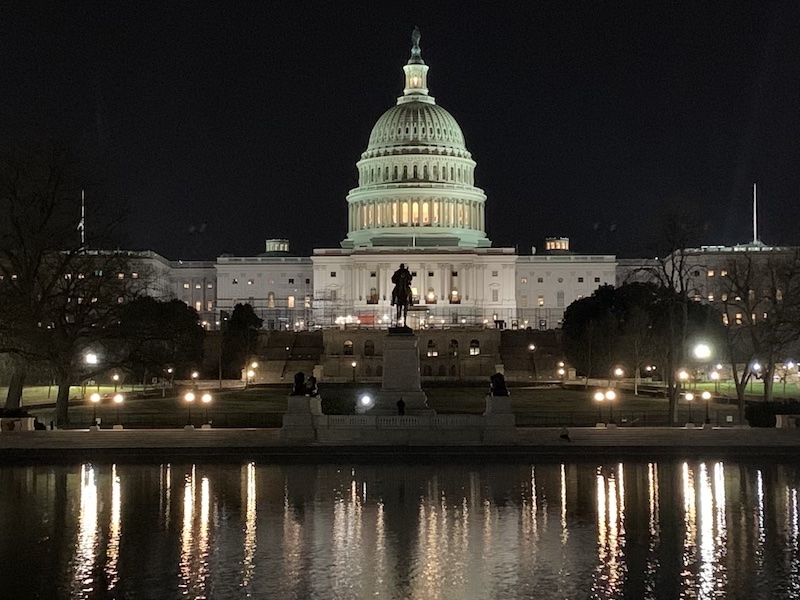
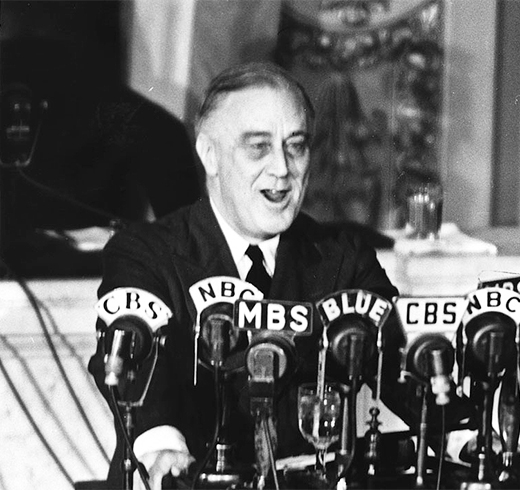
![The joint sessions of Congress give a standing ovation after Biden's State of the Union address on Tuesday, Mar. 1, 2022. [credit: whitehouse.gov]](https://theclick.news/wp-content/uploads/cache/2022/03/SOTU-2022/4047910816.png)
![President Joe Biden speaks before a joint session of Congress during his State of the Union address on Tuesday, Mar. 1, 2022. [credit: whitehouse.gov]](https://theclick.news/wp-content/uploads/cache/2022/03/Biden-2022-SOTU/1502956751.png)
